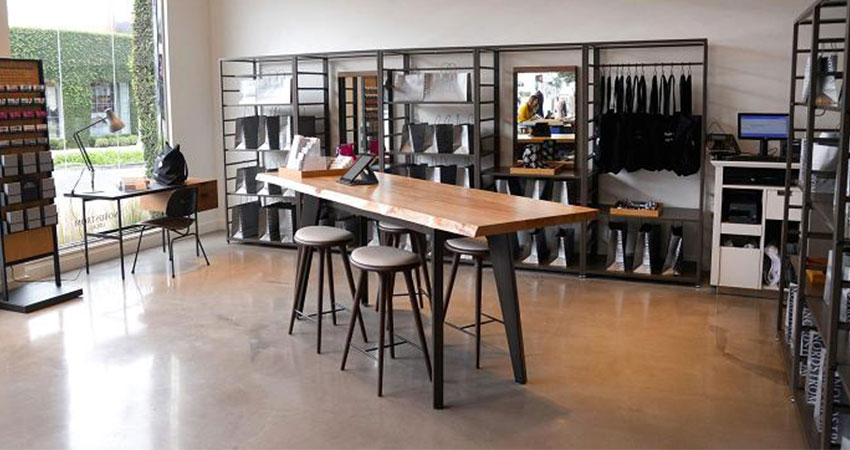To find an optimal balance between online and in-store shopping, forward-thinking retailers are reevaluating the concept of brick-and-mortar and reinventing the in-store experience for customers.
This has led to a broader view of how to get the most value from physical spaces. It places the emphasis on experiences that elevate the brand instead of commoditized, purely transactional shopping. Of particular note is the trend of inventory-free showrooms that use physical space to create an engaging experience, utilizing the ecommerce supply chain for fulfillment.
Moving from Clicks to Bricks
Brick-and-mortar retailers are not the only ones recognizing the importance of in-store experience. A growing number of companies are creating holiday pop-up shops, essentially showrooms with a holiday spin. They have risen in popularity particularly among digitally native retailers like Brandless and Wayfair, establishing in-person connections with customers. Instead of investing in full-blown stores, online retailers are embracing pop-ups as a way to establish a temporary presence in high traffic, urban environments.
Most recently, Wayfair unveiled its plans to open two pop-up shops in New Jersey and Massachusetts. Built around the showroom concept, the inventory-free sites give consumers the opportunity to test out products before ordering them online. Amazon also recently opened five physical Amazon Go locations. These AI-powered stores not only simplify the retail process and eliminate checkout lines, but also provide a treasure trove of data that Amazon can leverage to better understand its customers.
Just as brick-and-mortar chains have had to pivot to compete in the digital era, online-first companies need to do the same as physical-digital lines continue to blur. As new players come on the scene, whether through service hubs, showrooms or pop-ups, there will be a continual evolution of what brick-and-mortar can be.
Customer Experience Takes Center Stage
With an increasing number of inventory-free stores cropping up, expect to see physical stores introduce innovative strategies with the most streamlined, compelling experiences possible. Wayfair’s holiday pop-ups, for example, will have interior designers on hand to demonstrate how to design an entire room. Similarly, Nordstrom recently launched “Local” initiative features stores that have been positioned as service hubs dedicated to providing unique, curated services based on local needs and tastes.
These new strategies have proven effective in helping clicks to bricks and traditional brick-and-mortar retailers find a balance between store and online shopping. They provide customers with more options and ensure more positive experiences across channels. By offering these in-person services and elevating the customer experiences, retailers can take advantage of their real estate and better compete this holiday season.

